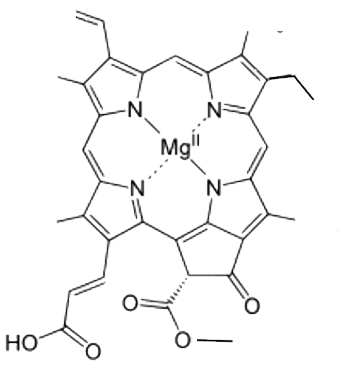





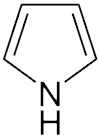
Pyrrole is a colorless oily liquid that turns red under the action of acids ("pyr oleum")
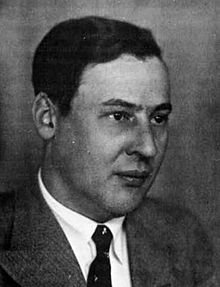
Erich Hückel 1896-1980
According to Huckel, systems with 4 · n + 2 available conjugated electrons have a particularly effective mesomerism. Pyrrole has 2 pairs of π electrons in its double bonds and a lone pair of electrons provided on the nitrogen atom and so satisfies the Hückel rule for n = 1.
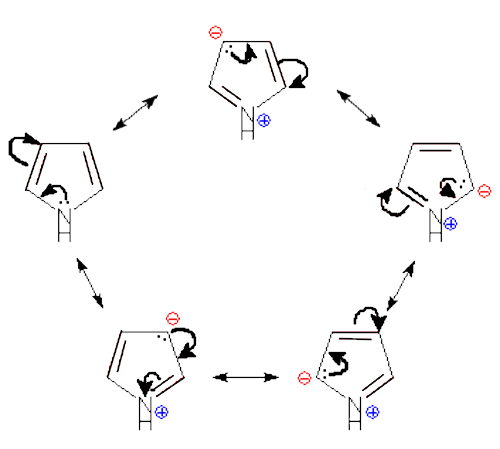
A partial negative charge accumulates on the carbon ring, while the nitrogen atom is more positively charged. Compared to furan wherein the pair of electrons is much more strongly retained by the high electronegativity of the oxygen atom and where therefore the mesomeric effect is small, the dipole is reversed:
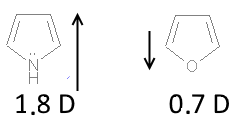
Electrophilic substitution:
Due to mesomerism, as in the case of the activated benzene ring (aniline, phenol, chlorobenzene ...), electrophilic substitutions (nitration, halogenation, alkylation ..) are feasible on the pyrrolic ring.
Basicity:
Due to mesomerism, the pair of electrons of the nitrogen is not available for capturing ions $ H^+$ ions, hence the low basicity of pyrrole
Hydrogenation:
Due to mesomerism, pyrrole is a very stable molecule (resonance energy = 20 kcal/mol). The hydrogenation is therefore difficult:
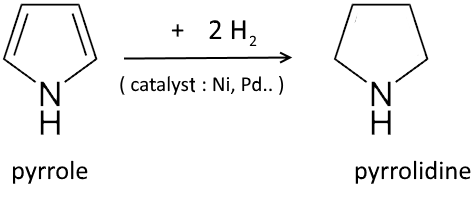
The pyrrole ring exists in many natural substances, for example:
Proline:
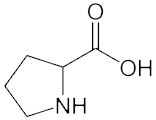
Tryptophan:
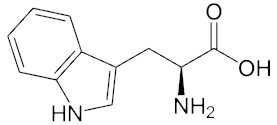
Nicotine:
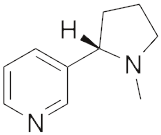
Atropine:
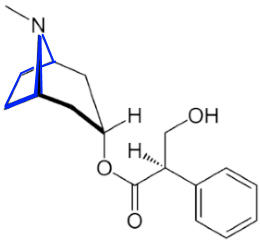
Cocaine:
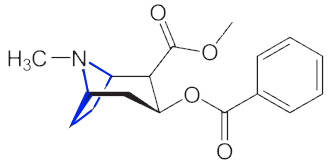
Heme, constituent of hemoglobin:
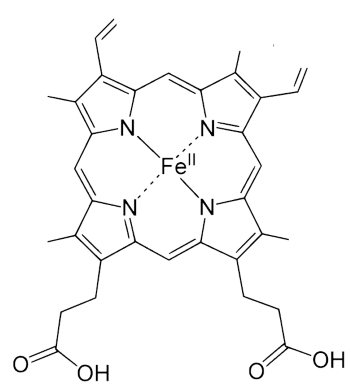
Cytochrome:
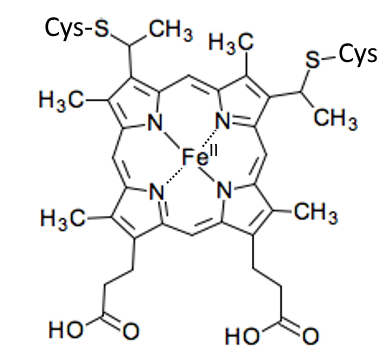
Chlorophyll:
